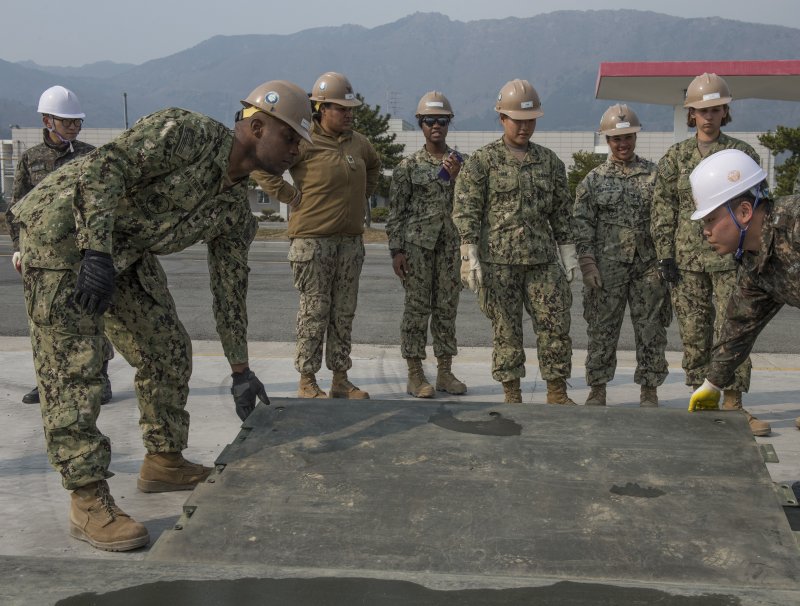SEOUL, March 17 (UPI) -- The United States and South Korea concluded a joint military exercise on Thursday.
Key Resolve, a computer-simulated training exercise, involved for the first time the application of a new operation plan, OPLAN 5015, a South Korean Defense Ministry official told Yonhap.















